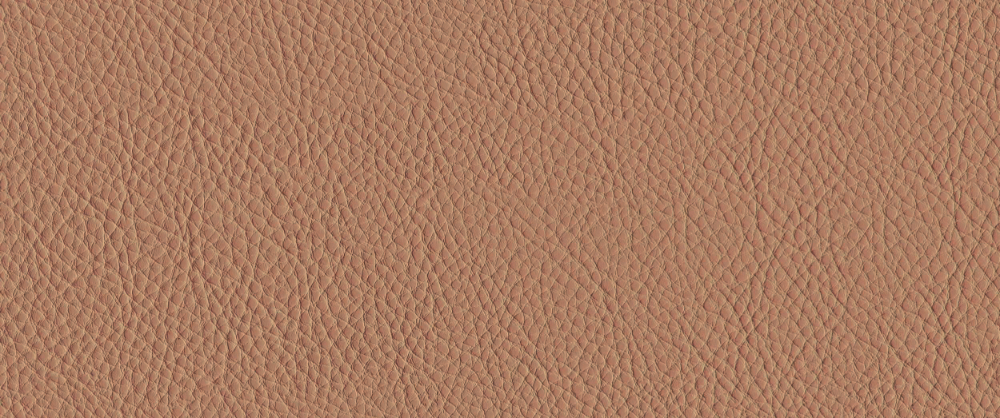Leather
Category
Fabric
Download
Edit
Leather is a natural material made by chemically treating animal skin, or hide, in a process known as tanning to prevent rot and decay when dried. It is a mailable yet strong, highly durable, thermally insulating and waterproof membrane which has been used for millennia to keep wearers warm and dry, most commonly sourced in modern times from cattle, sheep, pigs, horses and buffalo, while crocodile and seal leather are still reasonably widespread and sought after for their higher degree of durability, moisture resistance and strength. Other leathers are used, although they are limited due to the rarity of the animal, the difficulty in hunting and obtaining the skin and the expensive tracking, hunting and importation costs, making ‘exotic’ leathers extremely valuable and strengthening their association as a classy, elegant material with connotations of wealth, opulence or extravagance. These notions have seen leather considered a premium product in fashion, despite its origins as a highly useful yet functional clothing fabric, or its practical use historically for soldiers, hunters, or frontier workers, such as cowboys, to keep them warm, dry and better protected from the penetration of predator’s teeth, or the swords and weapons of rival armies. Leather products are particularly synonymous with cowboys, who used leather extensively to form saddles, reins, whips, water bottles, gun holsters, shoes, boots, chaps, jackets and hats due to its versatile, flexible, comfortable, smooth yet incredibly tough, weather and abrasion resistant properties, being easy to mould or cut to required shapes and uses and performing well under duress; protecting clothing underneath while being sufficiently hard wearing, impervious and low maintenance to last in both hot, dry and cold, wet climates without significant degradation or loss of flexibility. More recently, leather also became popular with motor bikers, as it protects from wind, rain and potential road rash should they crash. Its resistance and malleability have also seen it widely used in various sports, in the form of balls, gloves, grips and bats.
It is possible for modern, synthetic textiles to reproduce the look of leather in a more ethical, sustainable and cost effective manner using wax or polyurethane treatments over a plastic base to replicate the colours, patterns and staining found in real leather, while being either porous and breathable, or completely waterproof depending on how it’s manufactured and which ingredients are used. Both real and artificial leathers remain popular as a highly effective upholstering material for soft furnishing and vehicle interior trims, steering wheels and seats, as they are easy to wipe clean, require minimal treatment and withstand abrasive uses, such as constant service and movement by drivers and passengers, or high volumes of visitors sitting and vacating seats. In modern culture, leather is also widely used on luxury purses, wallets and baggage, withstanding prolonged storage in and withdrawal from pockets for example, remaining soft and visually attractive yet strong and tight despite extended wear and tear. Crocodile, reptile and aquatic creatures’ leather from scaled skins is particularly sought after for these purposes, as well as for unique shoes, jackets and other such fashion items for their varied and highly unique appearance owing to their beautiful, vibrant, natural patterns.
This particular leather possesses a dried, worn texture, with an intense, tight, pillowed pattern arising from the distinctive flow of lines and scores traversing the surface like a dried riverbed over the brilliantly silver-white base. A less common colour for leather compared to the standard tans and browns, this white leather texture could be used as a bright, clear, vocal accent colour on clothing, fashion accessories and soft furnishings, or as a classy body material on sofas, vehicle seats and trims, side tables and loungers owing to its comfortable, cushioned and pliable feel, bringing a light, airy, bright element to spaces, or even used on ceiling panels and door coverings as a highlight, counterpoint or visually striking protective covering against abrasion and water penetration.
A seamless fabric texture with a leather surface. Seamless textures can be tiled repeatedly across a surface without visible seams making them useful for architectural drawings and 3D models. This image can be used as a SketchUp texture, Revit material or imported into Photoshop for use in 2D illustrations. A high resolution version of this texture is available, as well as CAD hatches and PBR maps with Architextures Pro.

